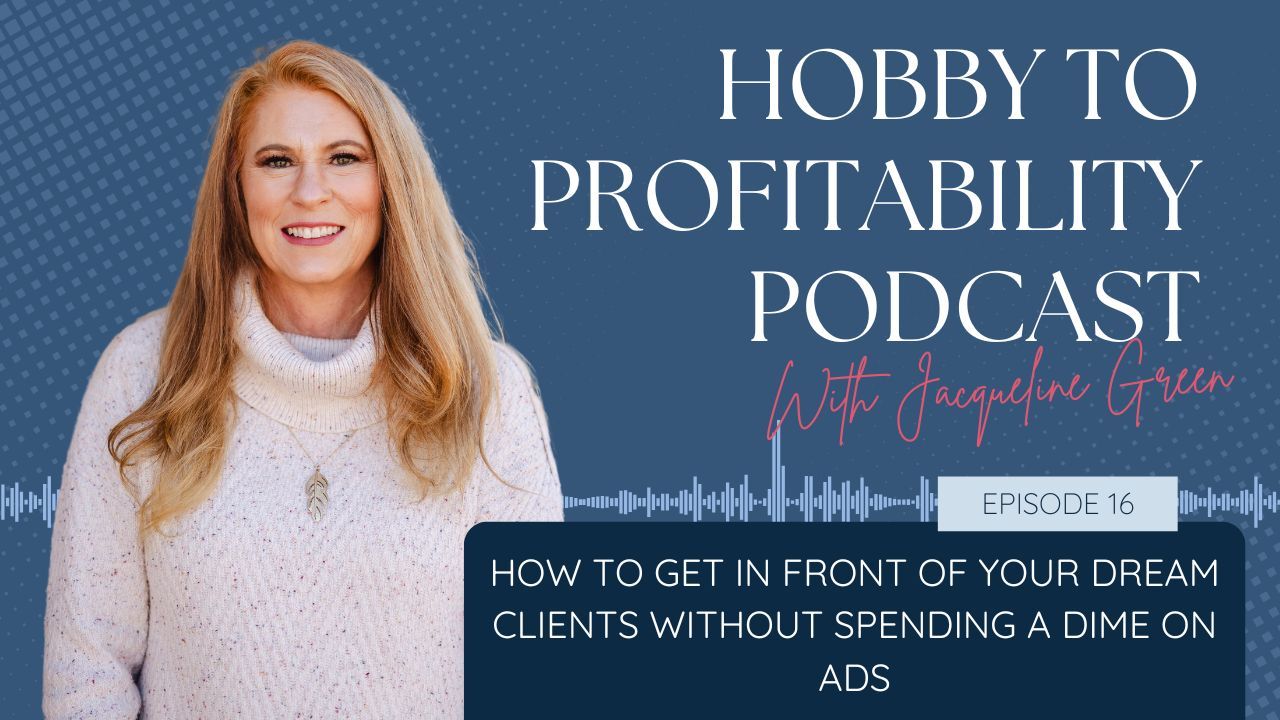How to Get Published in a Design Magazine
Jul 12, 2023As an interior designer, you are skilled at creating functional and attractive layouts that observe trends and represent each client’s personal style. If you’re talented, professional, and accommodating, chances are you’ll get a lot of business through word of mouth.
However, most businesses need more than word of mouth to thrive. One ideal means of marketing your brand, improving awareness and outreach, and elevating your professional authority is to seek publication in design magazines. Gorgeous spreads that showcase your work can introduce you to new audiences, boost sales, and even spur collaborations, cross-promotions, and branding opportunities.
Getting published isn’t easy, but neither is it impossible. Design magazines are always on the lookout for fresh and exciting content that will appeal to their readers and help drive their own sales. You can participate in this symbiotic dynamic if you play your cards right. What will you gain through publication, and how can you get your foot in the door?
Benefits of Getting Published
It’s a rare designer who accidentally gets discovered and has their work published in a magazine with relatively little effort on their part. Realistically, you’ll have to work hard for any recognition, so you need to understand the benefits you’ll enjoy for your effort.
Most importantly, publishing helps you to gain exposure. People who would otherwise never stumble across you will learn about your business when you’re featured in a design magazine. This could boost your client list and profits. For anyone growing an interior design business, targeted exposure is priceless.
That said, you’ll also increase your industry credibility. When the right people take notice, it could pave the way for collaborations, sponsorship deals, or future publishing opportunities. The right marketing and PR can do a lot to grow your business, but getting published is another avenue to explore.
How to Get Published
Like anything worthwhile, getting published will require some effort, and you may face a lot of rejection along the way. However, you can take steps to increase your chances of securing publication.
You’ll want to start by researching the magazines you hope to work with to better understand their tone, audience, and typical stories. From there, you can reach out to writers and editors to start building connections.
Presentation is a key element as well. Magazines are seeking fresh and compelling content that speaks to their readership and drives desired conversions, so you need to think about promoting not only your business but also your publisher’s.
With a strong brand and a solid strategy, you can nudge the odds of getting published in your favor. Let’s look more closely at a few important steps you’ll want to take.
Scout Suitable Publications
Not every design magazine is created equal. Some focus on upscale luxury, while others promote mainstream designs, the latest trends, or money-saving options for frugal homeowners. Some cater to a residential audience, while others serve commercial or corporate sectors. These publications’ audiences reflect their focus and niche.
One of the best marketing tips for interior designers is to know your audience, and when you’re pitching content, you should be focused on fulfilling the needs of the magazine.
As a designer seeking to engage a targeted audience, you must find publications with overlapping goals and demographics. You may already have some ideas about which magazines you’d like to approach, but before you send an email or make a phone call, start by following these publications and their writers and editors online.
This will help you to gain a solid understanding of each publication’s style and audience, giving you the best chance of creating successful submissions and making personal connections.
Connect with Writers and Editors
In order to successfully connect with writers and editors at preferred publications, it’s wise to understand their pain points so you can offer solutions. You also need to reach them on a personal level. This starts with looking up bios and following them on socials so you can speak to past work and show that you’re interested and you pay attention.
Ideally, you can also make yourself known to writers and editors by liking and commenting on their posts. These interactions should be genuine, so beware of overt self-promotion. When you build relationships without reciprocity as the driving goal, you create connections that will ultimately help you gain recognition and favorable responses.
This is a long game, no doubt, but when you put in the time and effort to build relationships, you have opened the door to authentic, rewarding opportunities.
Propose Relevant and Timely Topics
Depending on how often a magazine is published (weekly, monthly, etc.), editors may plan their content calendar several months in advance. When brainstorming ideas, don’t just think about upcoming projects but also about the type of content the magazine will be seeking in 6 to 12 months.
While many publications appreciate evergreen content that’s useful at any time, they also work on timely seasonal topics, touch on holidays, and try to get ahead of trends. If you can provide content that speaks to their needs when they have space on their editorial calendar, you have the best chance to grab their attention.
Still, you have to provide compelling content. This means offering a story that engages readers, such as a challenging remodel, an underdog homeowner making good, or a historic restoration, for example.
Here are a few business tips for interior designers: It’s a good idea to avoid posting any work that you want to be published in a magazine on your social media. Also, pitch a story to only one publication at a time.
Editors prefer exclusive content, so don’t compete with yourself. Remember, you can always promote content after it is published to drive traffic to your website.
Prove You’re a Resource
Keep in mind that you may not be the only one interested in building a long-term relationship. Magazine editors don’t want to waste time on a source whom they see as “one and done.”
Although you’ll likely start by pitching a single submission, it’s wise to promote yourself, your expertise, and your brand as an ongoing resource. You need to convey the value you bring to the table with ideas for additional submissions and, potentially, regular and ongoing content.
It all starts with delivering a content idea that grabs the attention of writers and editors, so take some time developing a story that speaks to their current content strategies, style, and audience, and focus on making it concise, compelling, and supported by stunning photographs.
Focus on Future Value
Being a reliable resource will help you build lasting and mutually beneficial relationships. If you’re interested in how to grow an interior design business over time, this is a great strategy to explore.
Start by looking through past editions of the magazine to spot themes and trends over time. You can’t know what the editorial calendar looks like, but you can get some idea of the type of content the editors are looking for and perhaps spot patterns that clue you in on their core values, content preferences, and more.
You want to position yourself as an authoritative resource prepared to provide future value, so consider how you can deliver with current and upcoming projects. Not every remodel will provide opportunities for editorial spreads, but with a compelling story, you likely have a project that is just right for a particular magazine.
Create Content by the Book
Every magazine has its own guidelines for content creation and submission, and if you want to show that you’re serious about publication, it’s critical that you meet these expectations. You can learn a lot from simply reading the magazine, but it’s much better if you know its complete submission guidelines.
These will inform you of expectations regarding everything from fonts and layout to style preferences to the character of your content to the number and size of images to include. It might seem tedious, especially when you’re submitting to several publications, but a mistake here makes it easy for the magazine to reject you.
Level Up Your Photo Game
Print journalism is a visual medium. Photos support the copy you provide, convey a wealth of information at a glance, and compel readers to stick around and delve further into the content.
As a result, it’s incredibly important that you provide professional photos as part of your submission package when you pitch a story. If you don’t have the background to take professional photos, you’ll want to work with someone who can.
Typically, you’ll only submit a handful of photos (the magazine will ask for more if it is interested), but these will need to be well-lit, high-resolution images that are edited and ready to be published, often both digitally and in print. A picture is worth a thousand words, and you want everyone to be positive, engaging, and true to the intent of your submission.
Define Your Brand
Your brand may be built on your education, experience, style, and personality, but it’s important to remember that you are not your brand. This is an important distinction — you, as a person, are constantly changing, but your brand must be defined by set standards that are recognizable and repeatable.
Building a brand as a designer requires you to pinpoint what you’re trying to convey and how you want your audience to see you. It should be built on a set of core values, embody your mission as a designer, and maintain a sense of integrity and authenticity.
Naturally, you should also endeavor to nail down visual branding, from your company logo to the nature of the images you produce. A defined brand helps you build authority, create trust and familiarity, and establish a reputation as a designer.
Understand Legal Obligations
Even though you’re creating interior designs for your clients, you’re still showcasing their private spaces, so you need their enthusiastic permission. This means obtaining proper release forms before you attempt to publish content.
Developing a Growth Mentality
There’s no denying that getting published, at least early on, can be a long road and a lot of work, but when you approach it as a part of growing and improving your business, it’s well worth the investment. It’s also wise to continue evolving as a creative professional through ongoing training and education for interior designers.
At Behind the Design, you’ll find an interior design community and resources meant to support and elevate you as you grow in your career. Join our community today to discover effective ways to grow your interior design business.
Sign Up for Our Monthly Newsletter
Get helpful career, business, and design tips right in your inbox each month.
At Behind the Design, we are committed to building a stronger design community by reimagining education, training, and support for interior designers. Through our various software training options, educational articles covering everything from leadership to marketing, and soon Continuing educational courses, we are committed to helping you. Join our newsletter to get the latest education and training updates.









